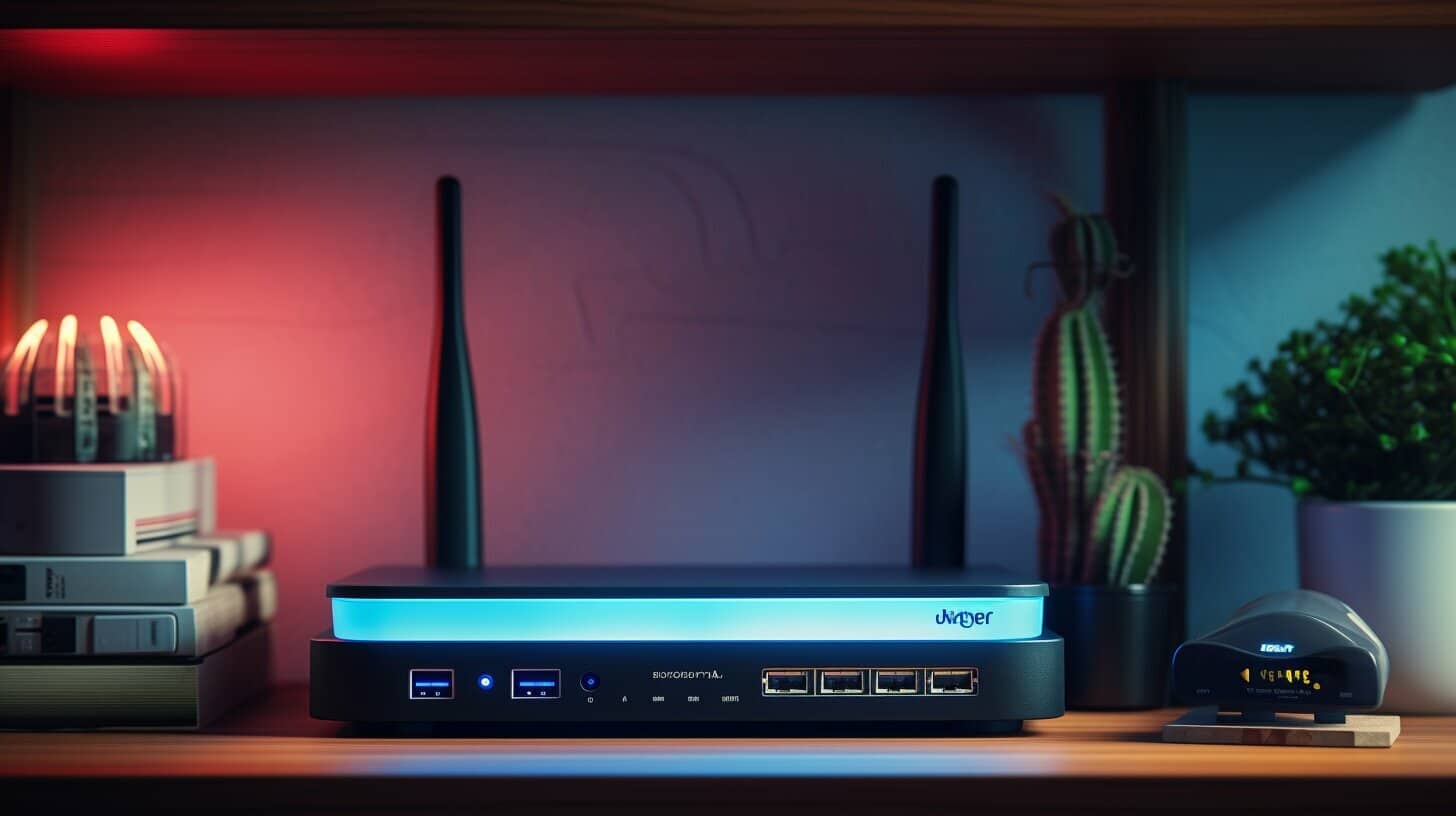Have you ever tried explaining to a child what a gigabyte is and received a blank stare in return? Don’t worry; you’re not alone. Digital storage can be a challenging concept to grasp, let alone explain. That’s why we’ve put together a comprehensive guide on how to explain the concept of a gigabyte to a child, using simple and engaging language that they can easily understand.
Whether you’re a parent or an educator, this guide will help you navigate through the technical jargon and provide relatable examples to help children comprehend the topic. So, let’s get started!
Key Takeaways:
- Explaining the concept of a gigabyte to a child can be done using simple and engaging language.
- This guide provides relatable examples and analogies to help children comprehend the topic.
- The guide is useful for both parents and educators.
What is a Gigabyte?
As a child, you probably have heard the term “gigabyte” multiple times from adults and older siblings. But what exactly is a gigabyte? Let’s break it down.
Simply put, a gigabyte is a unit of measurement for digital storage. It represents a large amount of information, much like how a gallon represents a large amount of liquid or how a dozen represents a large amount of items.
Specifically, a gigabyte is equal to 1,000 megabytes, which itself is equal to 1,000 kilobytes. That may sound like a lot of numbers, but all you need to remember is that a gigabyte is a BIG unit of measurement for digital storage.
Image source: https://seowriting.ai/32_6.png
Examples of a Gigabyte
Understanding what a gigabyte is can be tricky, but using examples can make it easier. Think of a gigabyte as a big container that can hold a lot of information, like books or photos. In fact, a gigabyte can hold around 500 photos! That’s a lot of memories!
Another way to think of it is like a big backpack. A backpack with one gigabyte of storage can hold all your favorite songs, videos, and even some video games. It’s like having a magic backpack that can hold everything you love!
Take a look at the image below. This is what a gigabyte looks like compared to some everyday objects that you might be familiar with:

As you can see, a gigabyte is pretty big when compared to a single picture or song, but it’s not quite as big as a whole movie. This is why different devices have different amounts of gigabytes – some people only need a little bit, while others need a lot more.
Now that you have some examples of what a gigabyte is, you can start to understand how digital storage works. Stay tuned for more explanations on this fascinating topic!
Comparing Gigabytes to Other Units
Understanding gigabytes can be tricky, especially when compared to other units of digital storage. Here’s a breakdown of some common digital storage units:
| Unit of measurement | Size | Approximate equivalent |
|---|---|---|
| Gigabyte (GB) | 1,000 megabytes (MB) | 1,000,000,000 bytes |
| Megabyte (MB) | 1,000 kilobytes (KB) | 1,000,000 bytes |
| Kilobyte (KB) | 1,000 bytes | About one page of text |
As you can see, a gigabyte is a lot larger than a megabyte or kilobyte. To put it into perspective, imagine a gigabyte as a supersized burger with all the toppings, while a megabyte is a standard burger, and a kilobyte is just a single slice of cheese. Which burger would you rather have?
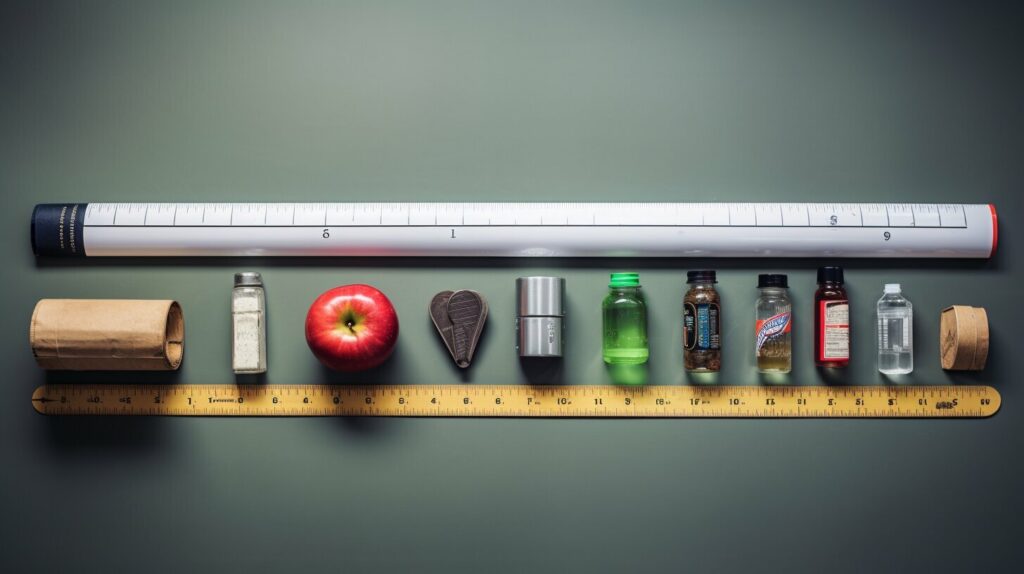
When it comes to digital storage, having more gigabytes means you can store more things like photos, videos, and games. It also means your device can run more smoothly without running out of space. So the next time you hear someone mention gigabytes, you’ll know exactly what they’re talking about!
How Gigabytes are Used in Everyday Life
Now that you understand what a gigabyte is, let’s explore how it’s used in everyday life.
Have you ever watched a video on your phone or tablet? That video is made up of many gigabytes of information that your device stores to play the video smoothly. The same goes for playing a game, listening to music, or even reading a book on an e-reader!
When you take photos with your phone or camera, they are also stored in gigabytes. For example, a single gigabyte can hold around 500 photos!
People also use gigabytes to store important files, like documents for work or school. This makes it easy to access the information anytime, anywhere, as long as they have a device with enough gigabytes to store them.

As you can see, gigabytes are an essential part of our digital lives, and understanding how they work can help us use technology more efficiently and effectively.
Gigabytes and Devices
Now that you understand what a gigabyte is, it’s important to know how it relates to different devices you use every day, such as smartphones, tablets, and computers. These devices have internal storage that measures in gigabytes, which determines how much content you can store on them.
For example, if you have a smartphone with 64 gigabytes of storage, you can store thousands of photos and songs, dozens of apps, and even a few movies. However, if you have a device with only 16 gigabytes of storage, you may struggle to fit everything you want on it.
It’s important to consider the amount of storage you need before purchasing a device. If you’re someone who likes to take a lot of photos or download large apps, you’ll need a device with a higher storage capacity, such as 128 gigabytes or more.
Fun Fact: Did you know that the first hard drive capable of storing a gigabyte of data weighed over 500 pounds and was the size of a refrigerator? Today, we can fit that much data on a device smaller than our hand!
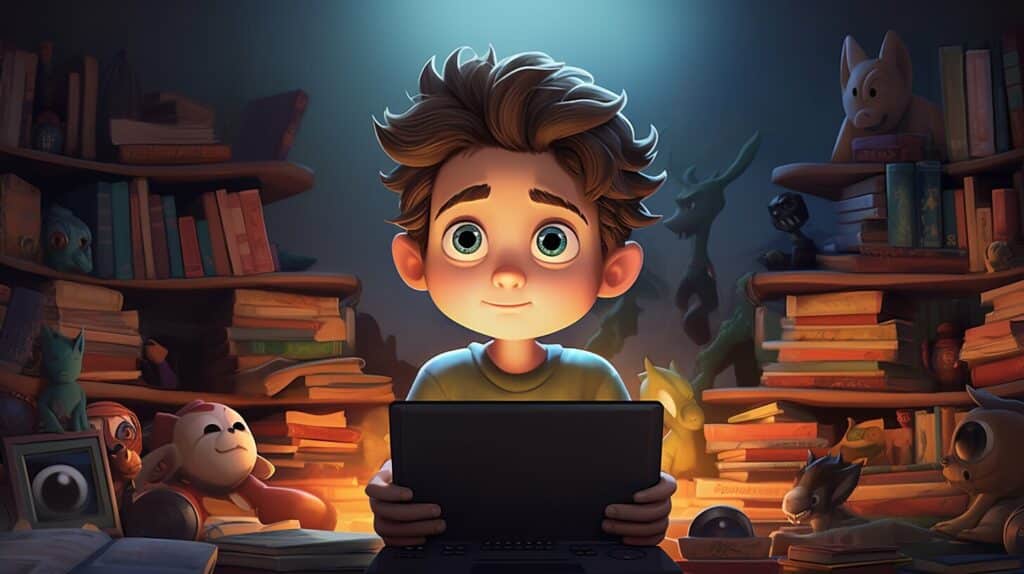
Understanding how gigabytes affect the devices we use can help us make informed decisions when purchasing and using technology. Keep this in mind the next time you’re deciding between two devices with different storage capacities!
Understanding File Sizes in Gigabytes
When it comes to digital storage, file size is an important concept to understand. A file’s size determines how much storage space it will take up on a device. And gigabytes play a significant role in this process.
A gigabyte is a unit of measurement for digital storage. It represents a large amount of information and is commonly used to measure the size of files like movies, games, or music. It’s important to note that the more gigabytes a device has, the more content it can store.
But how does file size relate to gigabytes? Simply put, larger files require more gigabytes to store. For example, a two-hour movie in high definition can take up four to five gigabytes of storage space. In contrast, a text document may only take up a few kilobytes, which is a much smaller unit of measurement.
So why is understanding file size and gigabytes important? It’s beneficial to know how much storage space a file will take up before downloading or saving it to a device. This can help prevent running out of storage space and potentially losing important data.
Next time you’re downloading or saving a file, take a moment to consider its size and how many gigabytes it may require. This will not only help with managing storage space, but also reinforce your understanding of how gigabytes are used in everyday life.
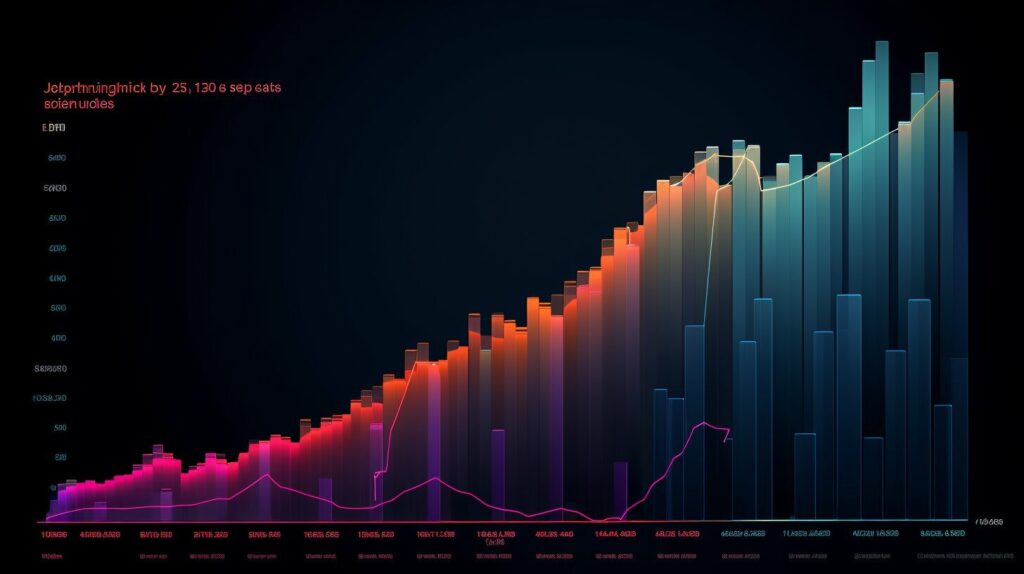
Image source: seowriting.ai
Exploring Gigabytes in Nature
Understanding the concept of gigabytes can be challenging, but using relatable examples can make it easier. One way to imagine a gigabyte is by thinking about the amount of water in a swimming pool. Just like how a swimming pool can hold a certain amount of water, a device with a certain number of gigabytes can hold a certain amount of digital information.
Another way to think about gigabytes is by comparing them to the number of leaves on a tree. Just as some trees have more leaves than others, some devices have more gigabytes than others. The more gigabytes, the more information can be stored, just like how a tree with more leaves can provide more shade.

Using nature-related analogies can help children visualize and understand the concept of gigabytes better. Whether it’s comparing gigabytes to the amount of sand on a beach or the number of stars in the sky, finding imaginative ways to teach children about this digital storage unit can make the learning process fun and engaging.
Gigabytes in the Future
As technology continues to evolve, gigabytes will remain an essential element of digital storage. One of the most significant changes we can expect to see in the future is the increased reliance on cloud storage. Cloud-based services allow you to store data remotely, which means you can access it from any device with an internet connection. This trend will likely continue, and we can expect to see even more cloud-based services emerge in the coming years.
Another area where gigabytes will continue to play an important role is in the creation and consumption of digital media. As video and audio quality continue to improve, file sizes will also increase. This means that devices with more gigabytes will become even more valuable, as they will be able to store more high-quality content. We can also expect to see the development of new technologies that take advantage of larger storage capacities, such as virtual reality or augmented reality.
Finally, it is worth noting that the concept of gigabytes may eventually become obsolete as technology continues to advance. Scientists are already experimenting with new ways to store data, such as using DNA or other biological materials. While these technologies are still in the early stages of development, they show the potential for a future where digital storage is even more efficient and compact than ever before.

Fun Activities to Reinforce Learning
Learning about gigabytes doesn’t have to be boring! Here are some fun activities to help reinforce what you’ve learned:
- Estimate gigabytes: Look at different items around your house, and try to estimate how many gigabytes of storage it would take to store them. For example, how many gigabytes would you need to store all the photos on your phone?
- Data scavenger hunt: Create a scavenger hunt that requires your child to find different types of digital files, such as a photo, text document, or video, and then determine how many gigabytes each file takes up.
- Video game challenge: Challenge your child to find a video game that takes up a certain amount of gigabytes. Then, have them calculate how many different games they could fit on a device with a certain amount of storage.
- Visual aids: Use visual aids, such as graphs or charts, to help your child visualize the differences between gigabytes, megabytes, and terabytes.
- Memory game: Create a memory game using different digital files, and have your child match them to the correct amount of gigabytes needed to store them.
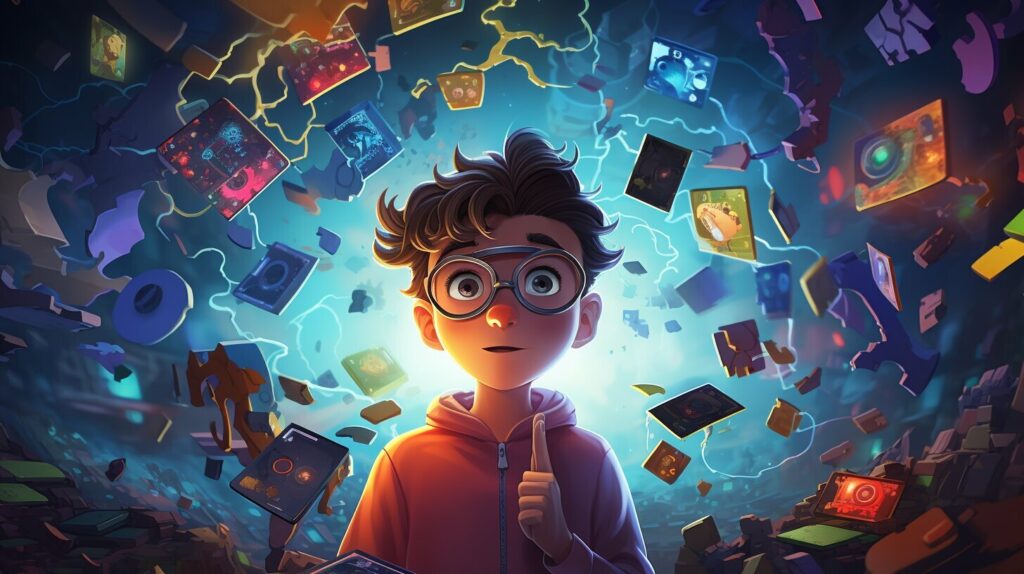
These activities will help your child understand the concept of gigabytes in a fun and engaging way. By applying their knowledge to real-world scenarios, they will be better equipped to understand and appreciate the importance of digital storage.
Frequently Asked Questions
Q: What is a gigabyte?
A: A gigabyte is a unit of measurement used to quantify digital storage. It represents a large amount of information that can be stored on a device.
Q: How much information can a gigabyte hold?
A: A gigabyte can hold a varying amount of information depending on the type of data being stored. For example, a gigabyte can hold around 250 songs or 4,000 photos.
Q: How does a gigabyte differ from a megabyte or terabyte?
A: A gigabyte is larger than a megabyte but smaller than a terabyte. A megabyte is roughly 1/1000th the size of a gigabyte, while a terabyte is roughly 1,000 times larger.
Q: How do devices with more gigabytes affect my experience?
A: Devices with more gigabytes can store more content, allowing for a better user experience. You can store more apps, photos, and videos without running out of space.
Q: Is it important to understand what a gigabyte is?
A: Yes, understanding what a gigabyte is can help you make informed decisions when it comes to purchasing and using digital devices. It can also make it easier to manage and organize your digital content.
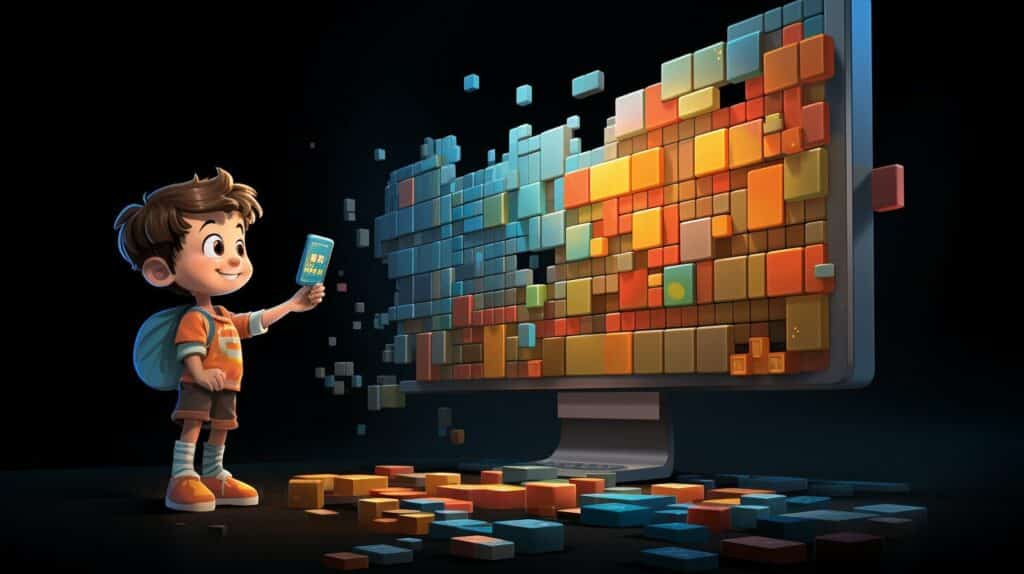
Q: Can you provide a real-life example of how gigabytes are used?
A: Sure! Gigabytes are used to store all kinds of digital content, like movies, music, and apps. For example, a two-hour movie in high definition can use up to 3-4 gigabytes of space.
Q: Are there any fun activities to help reinforce learning about gigabytes?
A: Yes! You can ask your child to estimate how many gigabytes certain files or apps might take up, or you can play a game where you guess how many gigabytes are needed to store different types of content.
Conclusion
Congratulations! You now have a much better understanding of what a gigabyte is and how it is used in everyday life. Remember, a gigabyte is a unit of measurement used for digital storage, and it represents a large amount of information.
By breaking down the technical jargon into simple and engaging language, we hope we have made the concept of a gigabyte easy for kids to understand. From real-life examples to fun analogies, we’ve explored how gigabytes are used in everything from smartphones to cloud storage.
Remember to keep exploring and learning about gigabytes. With advancements in technology, gigabytes will continue to shape our world in new and exciting ways. And with the fun activities and games we provided, you can now reinforce your new knowledge in a practical way!
Thank you for reading, and keep on learning!
Can I Use Similar Methods to Explain Machine Learning and What a Gigabyte Is to a Child?
Explaining machine learning to kids is possible by using similar methods as when explaining what a gigabyte is. Making complex concepts accessible to children requires breaking them down into simple terms and providing relatable examples. Thus, a child-friendly explanation of machine learning for kids involves illustrating it as a process where computers learn like humans do, but through algorithms and data.
FAQ
Q: What is a gigabyte?
A: A gigabyte is a unit of measurement for digital storage. It represents a large amount of information.
Q: How can I explain a gigabyte to a child?
A: You can compare a gigabyte to familiar objects or activities. For example, you can explain that a gigabyte is like a big book that can hold a lot of stories or a photo album that can store many pictures.
Q: How does a gigabyte compare to other units of digital storage?
A: A gigabyte is larger than a megabyte but smaller than a terabyte. It sits in the middle of the hierarchy of digital storage units.
Q: How are gigabytes used in everyday life?
A: Gigabytes are used to store videos, games, music, and other digital content. They allow us to enjoy these activities on our devices.
Q: What devices use gigabytes?
A: Devices like smartphones, tablets, and computers use gigabytes to store and run apps, games, and other digital content.
Q: How does file size relate to gigabytes?
A: Larger files, such as movies or video games, require more gigabytes to store, while smaller files, like text documents, require less.
Q: Can you explain gigabytes using nature-related analogies?
A: Sure! Think of a gigabyte as the amount of water in a swimming pool or the number of leaves on a tree. It gives you an idea of the scale and amount of information stored.
Q: What is the future of gigabytes?
A: Gigabytes will continue to play a crucial role in digital storage. Advancements in technology and concepts like cloud storage will shape how we use and manage gigabytes in the future.
Q: Are there any fun activities to help children learn about gigabytes?
A: Absolutely! You can create games or activities that involve sorting and categorizing different digital files, or have children estimate the number of gigabytes required to store certain types of content.
Q: What are some other frequently asked questions about gigabytes?
A: Here are some common questions children have about gigabytes:
- Q: How many gigabytes do I need for my favorite game?
- Q: How many songs can I store in a gigabyte?
- Q: Can a gigabyte ever be full?
- Q: How does a gigabyte become a terabyte?






